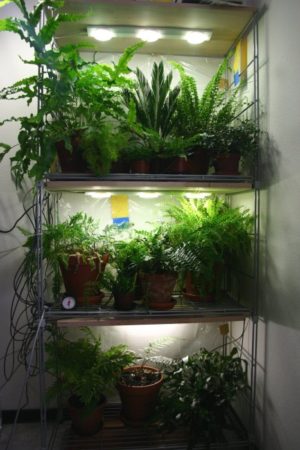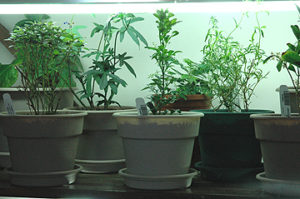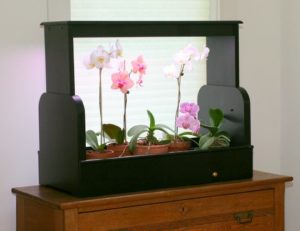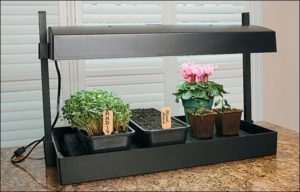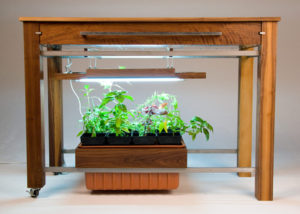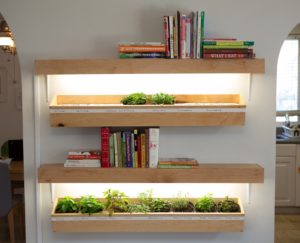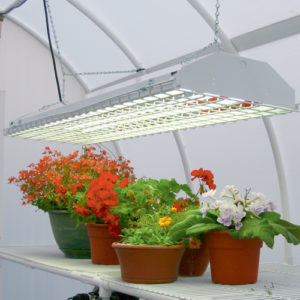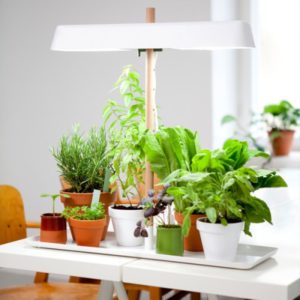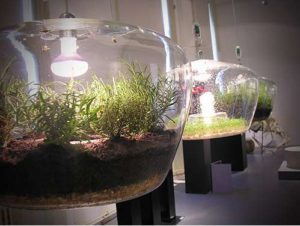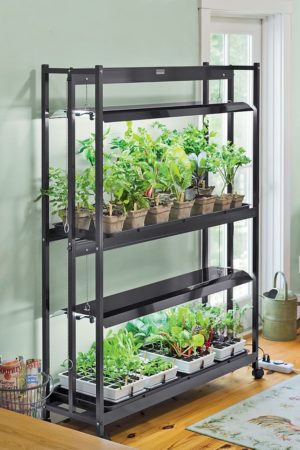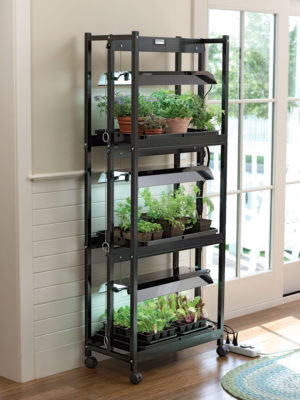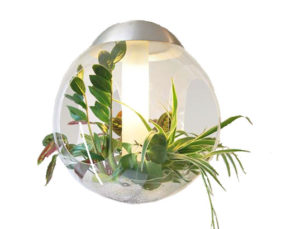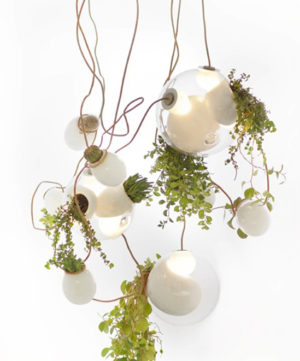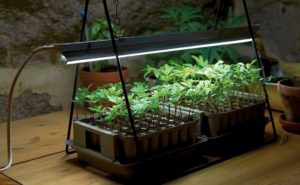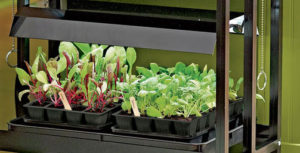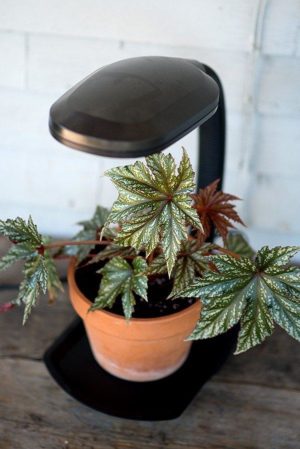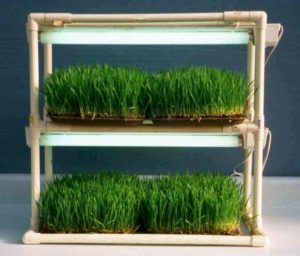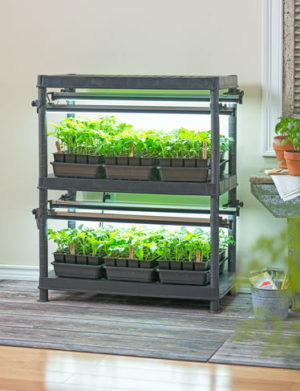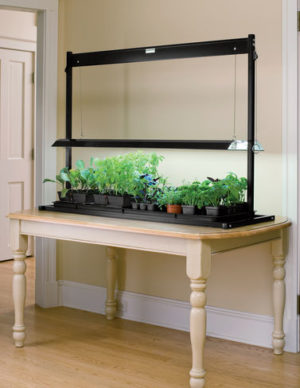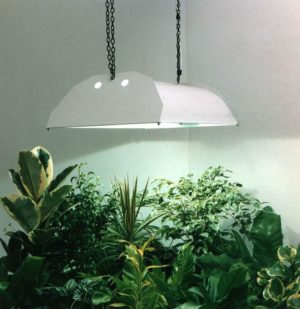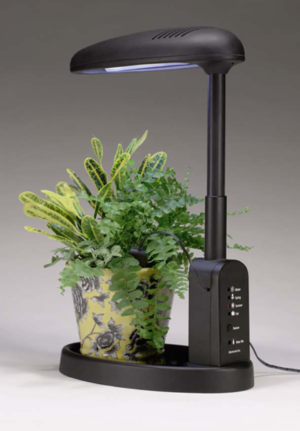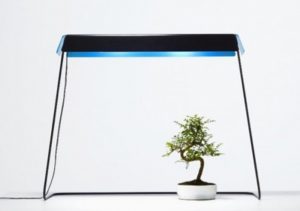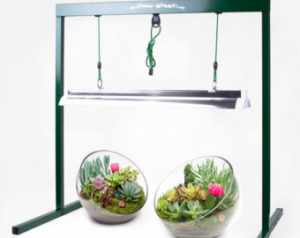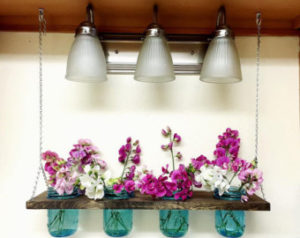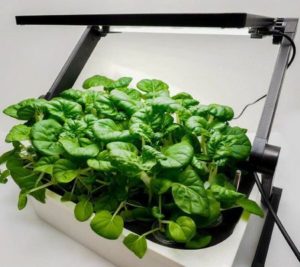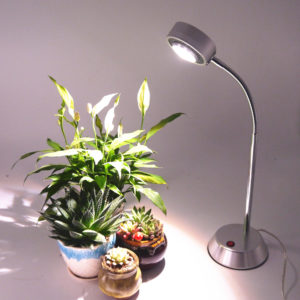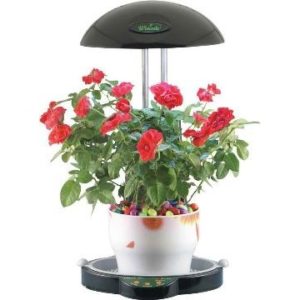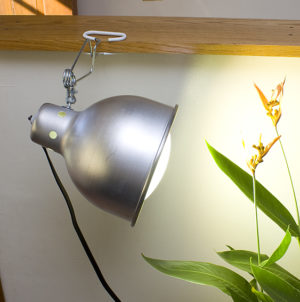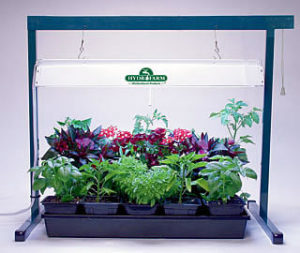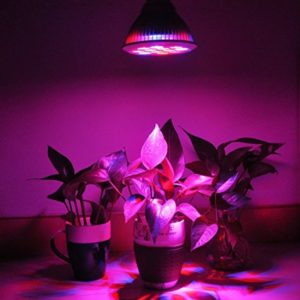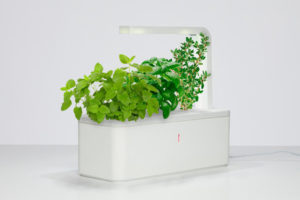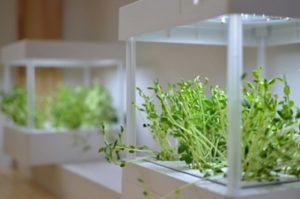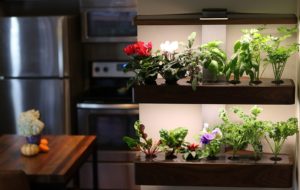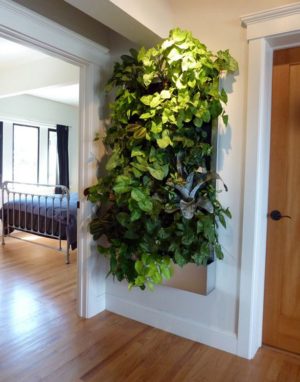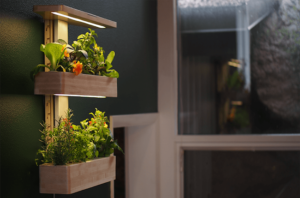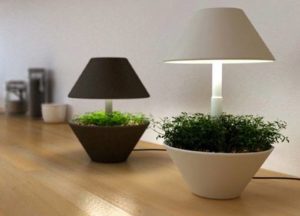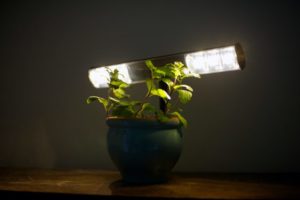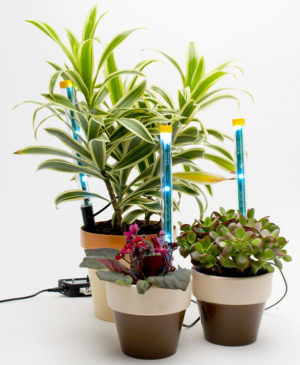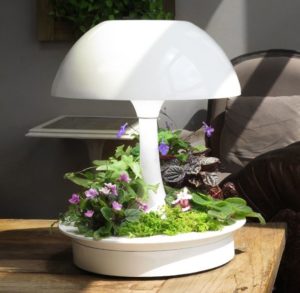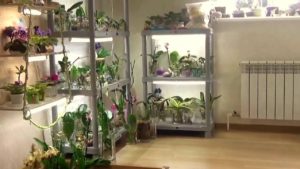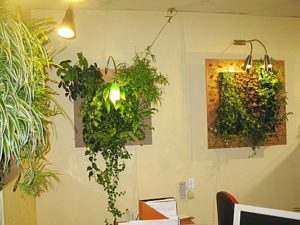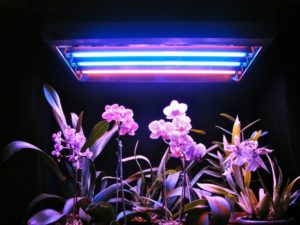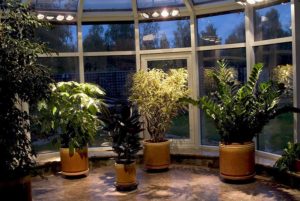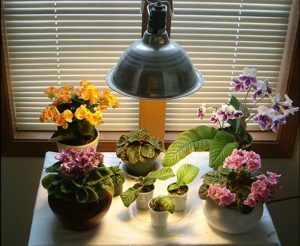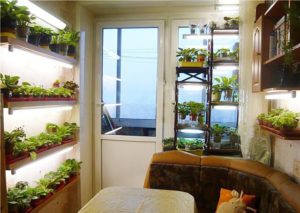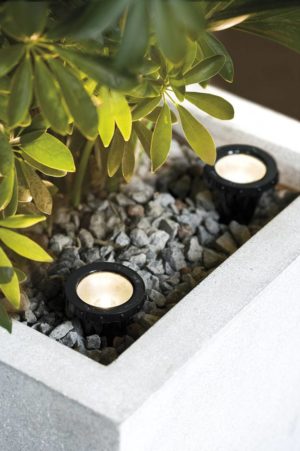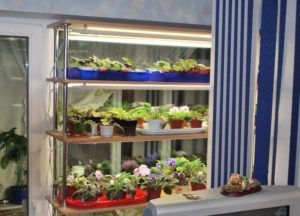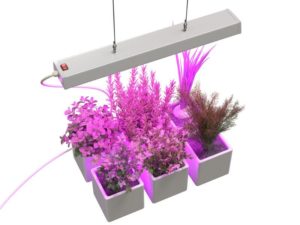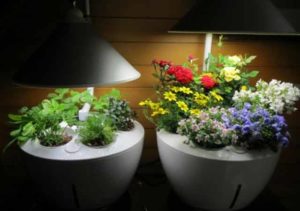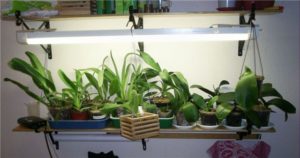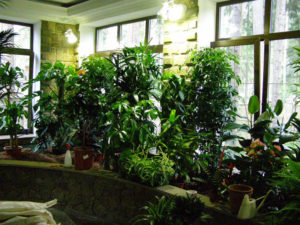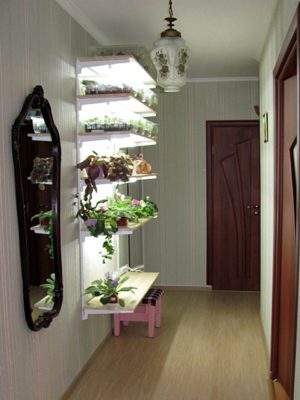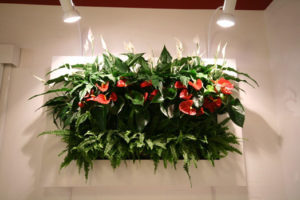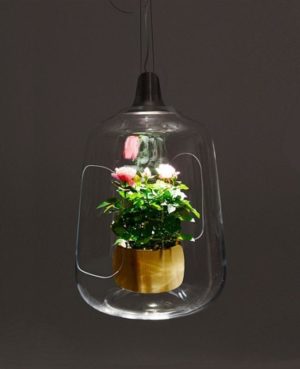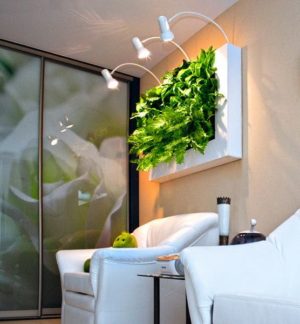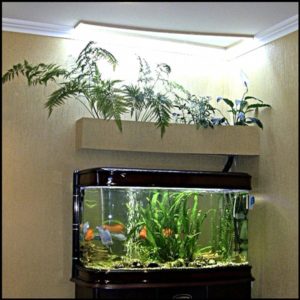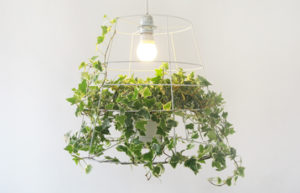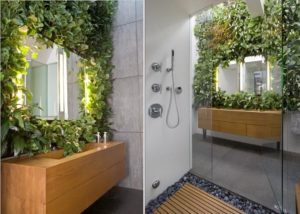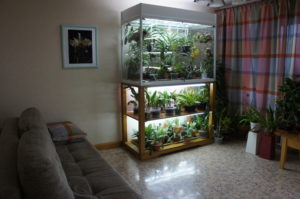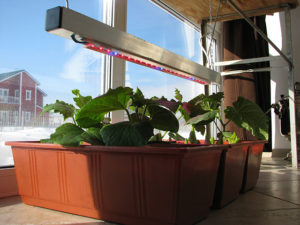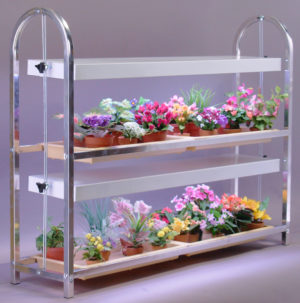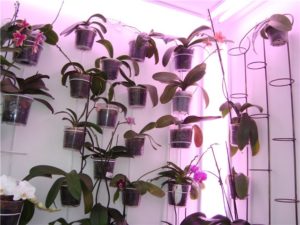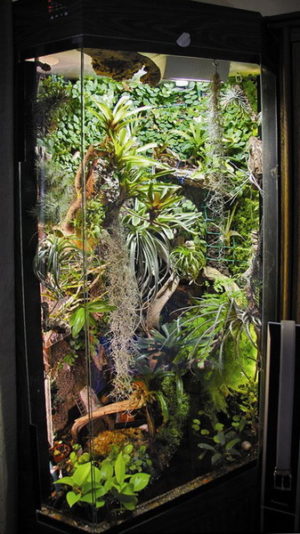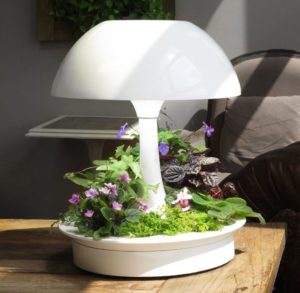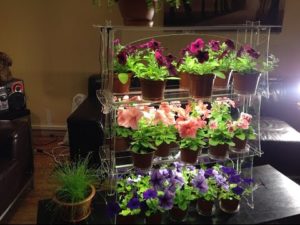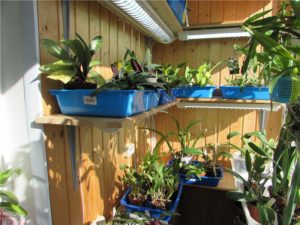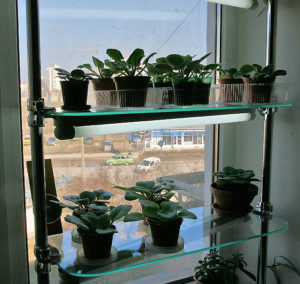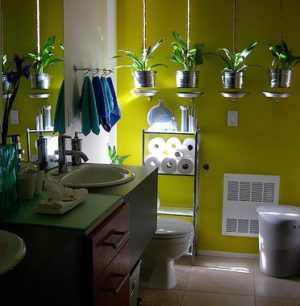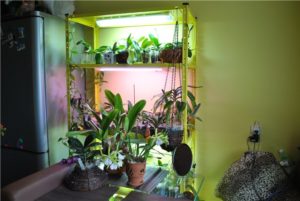By planting flowers in your home, you take responsibility for their well-being. They require different care, but in one aspect the plants are the same - they need high-quality and sufficient lighting.
This issue is especially acute in autumn and winter. The daylight hours are so short that even placing flower pots on the southern window, you will not be able to provide comfortable conditions for the flowers planted in them. Plant lamps will come to the rescue.
The use of specific devices will not allow your greenhouse to wither, stop blooming, stop growing and die, because phytolamps are a real sun substitute that can not only extend daylight hours for plants, but also give them everything they need for adequate development.
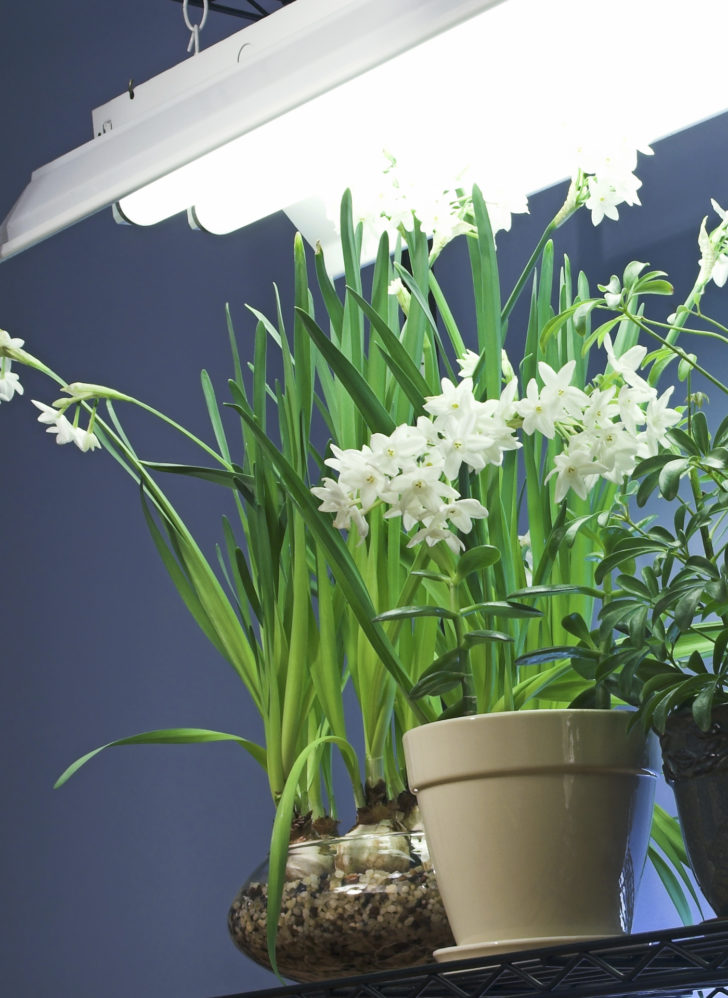
Lamps are necessary for the full development of plants
Moreover, their use will allow the flowers to leave the bored window sills and settle where it was previously inaccessible. A backlit plant niche can be set up in a dark hallway, in the back of a room, or in a bathroom.
For industrial purposes, such lamps often completely replace natural lighting and do it for a reason. In addition to the regulation of the lighting regime, in this way they get control over climatic conditions, which allows you to adjust the process of development of seedlings.
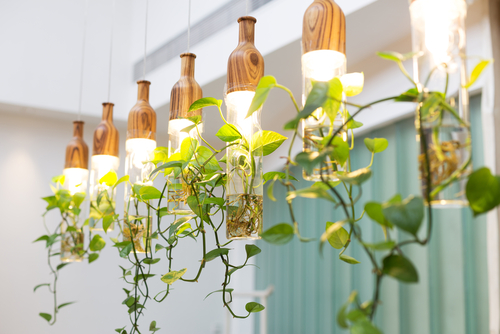
Plant lamps replace natural light
How important is lighting for plants
“Speaking about lighting for plants, one must understand that we are not talking purely about the source of its supply, but about the spectral diversity of the light flux, to which, in fact, the flora reacts”
Light is a vital factor for green spaces, since almost half of their dry mass consists of carbon produced from air masses, and the process of its assimilation (photosynthesis) occurs only in the daytime. Naturally, its activity is influenced by many more factors, but still the intensity of plant illumination is the main one.
The lack of sun exposure, first of all, affects the young shoots. They wear out leaves very quickly. Shoots lose color saturation and slow down growth. The stems of such plants are stretched along with the internodes in the direction of the flow of light fluxes.
There are other symptoms of light deficiency that even houseplants living in a backlit plant niche can show up. And they need to be able to recognize.
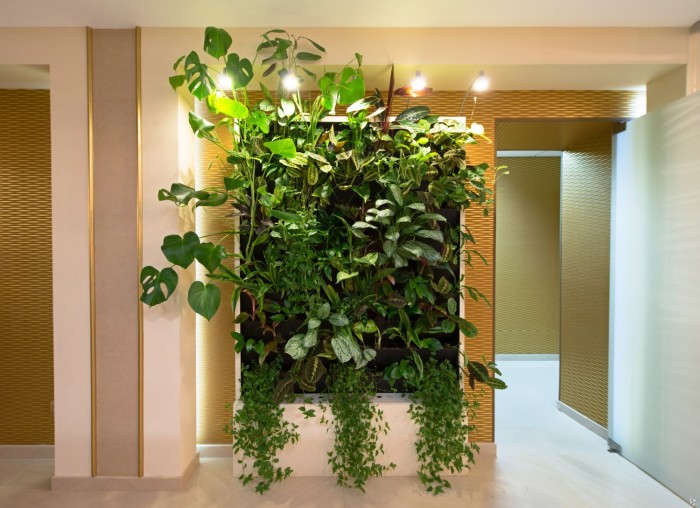
Without illumination, plants experience a shortage of light.
The first of them is the cessation of the formation of new peduncles and the reset of existing buds. If you do not immediately start using plant lamps or do not change their power, a large lack of light will provoke a complete cessation of the flowering process. Variegated species will lose their colorful color. The foliage will become monotonously green, and in the lower tiers it will dry and fall off.
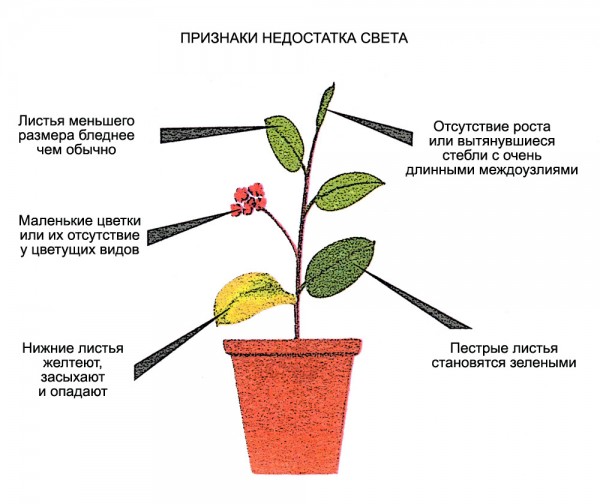
Signs of lack of light in plants
Speaking about lighting for plants, one must understand that we are not talking purely about the source of its supply, but about the spectral diversity of the light flux, to which, in fact, the flora reacts. In the light emitted by lamps for plants, there are waves of various colors:
- red;
- green;
- orange;
- blue;
- yellow;
- purple;
- ultraviolet.
Red-orange range
The most important colors for plants. They carry the energy charge that is so necessary for successful photosynthesis. In addition, red-orange flows are responsible for the growth rate of plants. If it is necessary to delay the flowering period in bulbous or other types of flowers placed in a niche for plants with illumination for a certain period, it is necessary to increase the intensity of their exposure to this particular light spectrum.
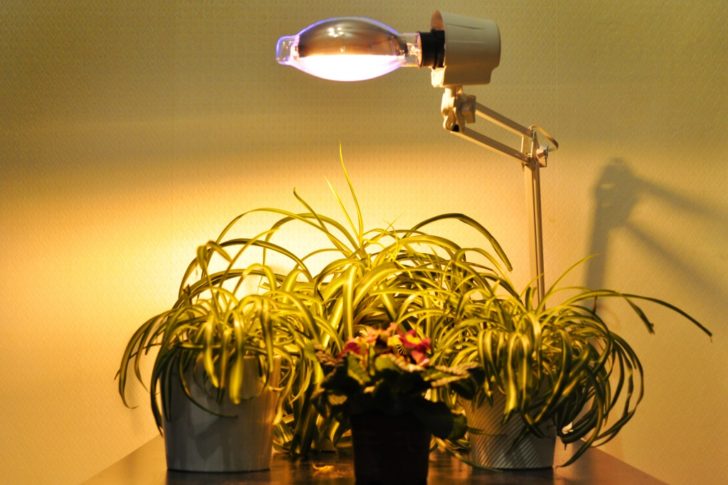
The red-orange range is most important for plants
Violet blue range
These colors also stimulate the processes of photosynthesis. Without their participation, protein is not formed, the plant does not grow.
With a dose of blue-violet illumination, plants naturally living in short-day mode will bloom faster.

Violet-blue illumination for plants
Ultraviolet
Beams with a wavelength of 280 - 315 nm contribute to an increase in the cold resistance of plants, and also prevent them from stretching excessively. Ultraviolet waves are involved in the synthesis of a number of vitamins.
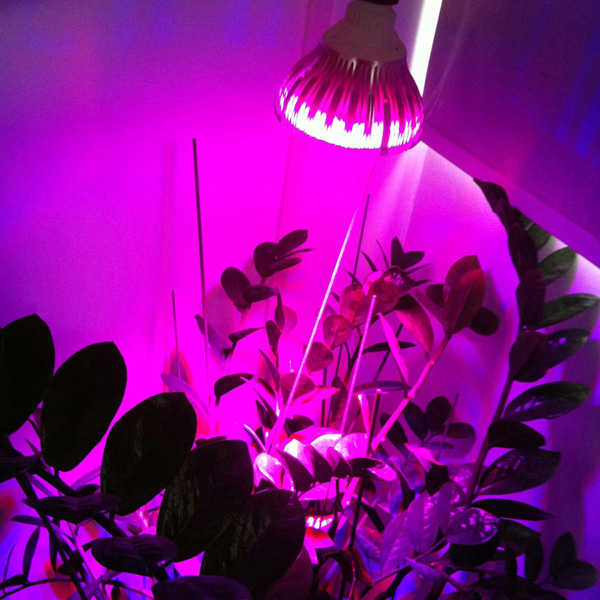
Ultraviolet increases the cold resistance of plants
yellow-green range
In principle, this spectrum does not have a vital importance in lighting for plants, but in combination with other light fluxes they contribute to their harmonious development.
Knowing the meanings of each color range, it will not be difficult to choose a lamp to illuminate plants of the desired type.
When using phytolamps, the main thing is not to bring down the biorhythm of the life of flowers, therefore, in niches for plants with illumination or in greenhouses, they must be turned on and off at a strictly defined time. Experts recommend timing the beginning of daylight hours to 7-8 hours, and its completion - to 20-22.
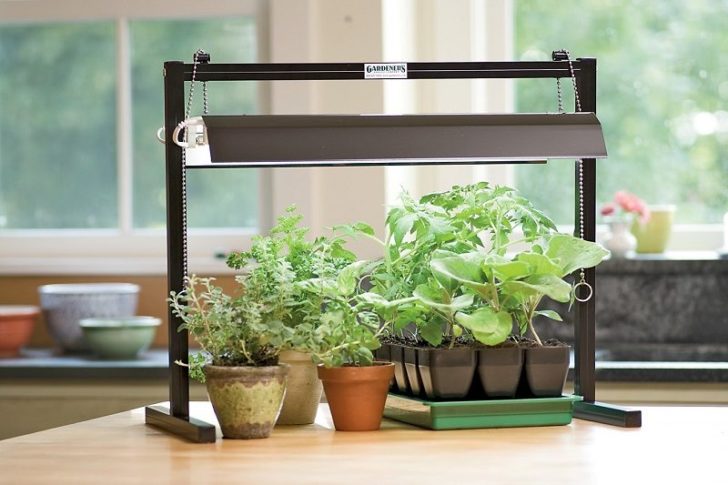
It is recommended to turn on the backlight during the daytime.
What should be the lighting of plants
Plants need additional lighting mainly during the period of decreasing daylight hours. They begin to miss the sun's rays from the month of October. And they will have to stay in such light time trouble until the middle of spring. The deficit is made up by lighting plantings with special lamps for plants. Their range today is very diverse. Lamps can be found in pendant, wall-mounted, tabletop and tripod-mounted designs.
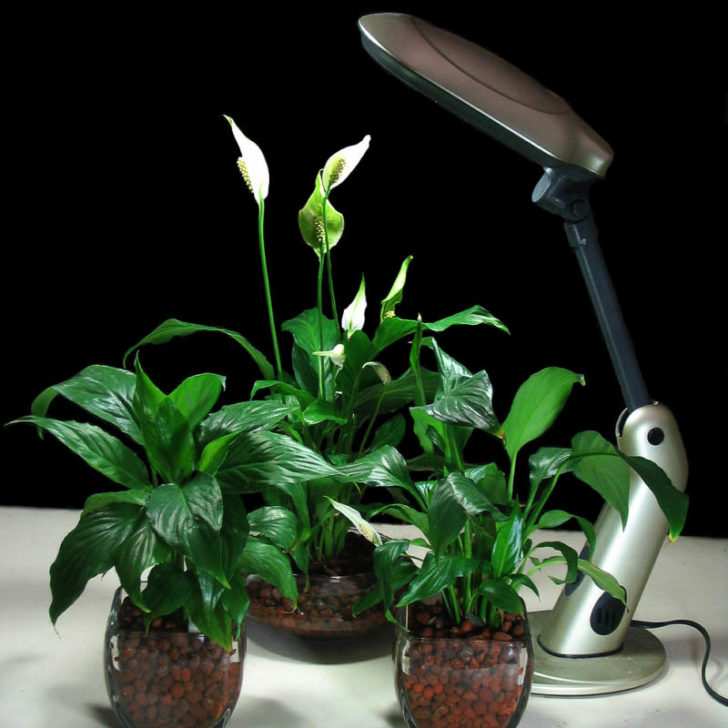
You can buy a lamp for plants of any configuration
When choosing the type of lamp, pay attention to the number of operating hours. Please note that you will have to turn on the device not from time to time, but constantly. Pulse lighting is detrimental to plants. They get off the usual biorhythms and start to get sick. The most important for home colors are the violet-blue and red-orange rays. The former are responsible for vegetative processes, the latter for growth. Looking for a lamp, you need to look at those models where the red spectrum plays a leading role.
If you need to illuminate a large area, then it would be more correct to purchase ceiling-type phytolamps.
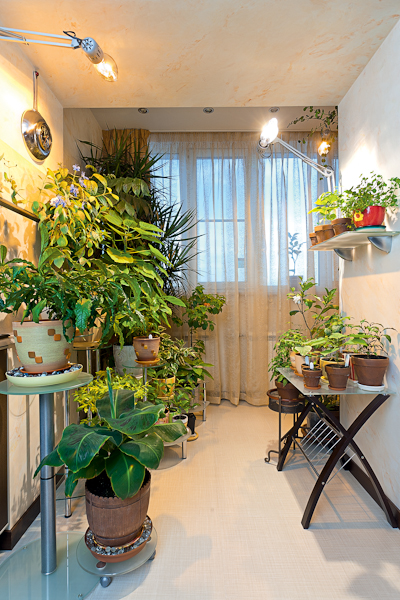
Ceiling lighting suitable for large areas
In niches for plants with backlighting, the issue is somewhat simpler. The lamp in them can be both a vertical type and a wall-mounted one. When placing lighting lamps for plants, it is necessary to ensure that the light fluxes coming from them do not interfere with the penetration of daylight.
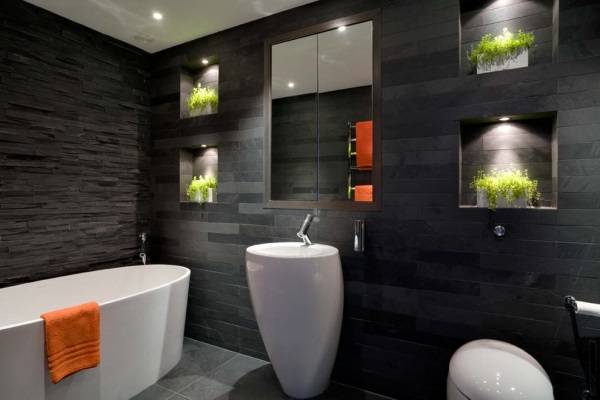
Illumination for plants in niches
Another trick. Considering that plants intuitively reach for a light source, in a greenhouse or greenhouse, phytolamps should be installed on both sides of the beds or rows.
back to index ↑Classification of lamps for plants
A large assortment of phytolamps leads to difficulties in choosing them. Therefore, before buying a particular model, you should get acquainted with their main characteristics. This will help determine how relevant they will be in the role of corrective lighting of plants, and whether you can create, using them, really favorable conditions for your green pets.
So, what types of phytolamps can be found on store shelves:
1. Discharge.
2. Energy saving.
3. LED.
4. Incandescent.
Each of these devices has its own advantages and disadvantages, the ups and downs of which we will now understand.
Discharge lamps
They are among the most intense light sources. Gas discharges are relevant where lighting of global spaces is required with minimal energy costs. The gas mixtures used in these designs tend to constantly generate color combinations and enhance their radiation. The problem of operating such lamps for plants is reduced to the need to use special ballasts when working with them.
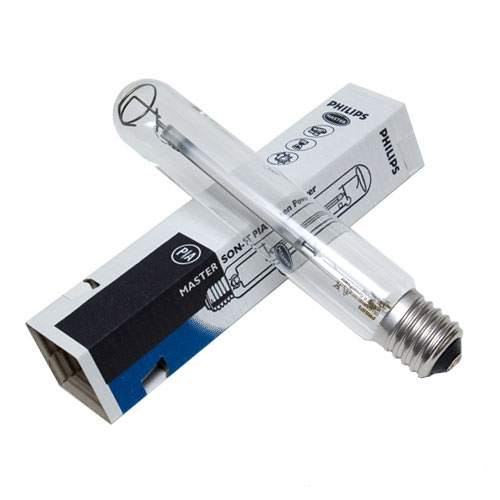
Discharge lamp for plants
The gas-discharge series is represented by several types of sources. This includes:
- mercury structures;
- sodium species;
- metal halide lamps.
The mercury lamp has the form of a flask of a cylindrical or ellipsoidal type, inside of which a quartz burner is fixed.
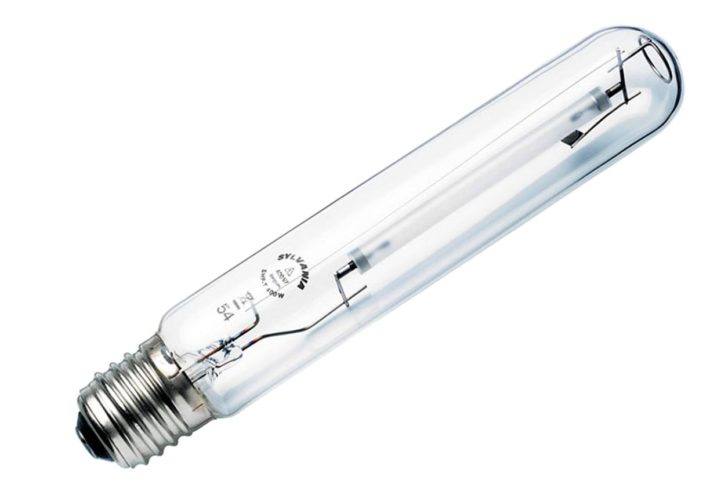
mercury lamp
In addition to mercury, such lighting lamps for plants also contain halide additives in the form of indium, thallium, and sodium, which are also energy efficient. Due to these inclusions, the light output of mercury lamps can reach up to 60 lm / W. And this is not the limit for this category of lighting structures.
In terms of spectral radiation, mercury lighting will be ideal for illuminating plants that are at the stage of growing green mass, but it is completely contraindicated for flowering ones.
The service life of mercury lamps for plants is on average 10 thousand hours.
The sodium lamp is also relevant in lighting large spaces. It is characterized by a bright glow. The orange-yellow spectrum emitted by it is pleasing to the eye. Validity up to 20 thousand hours.
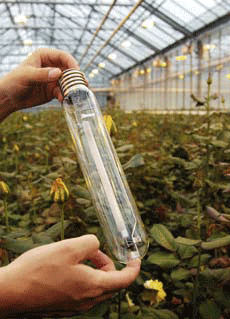
Sodium lamp ideal for illuminating large spaces
The design of the phytolamp has a mirror reflector, which allows you to adjust the direction of the light fluxes.
Among the shortcomings, it should be noted explosiveness and high cost. Because of the first problem, sodium models are not recommended for use in backlit plant niches and in general at home.
Metal halide lamps are the most efficient representatives of the gas discharge series. They are indispensable as lighting for plants grown in a completely artificial environment. When working, they produce perfectly proportional radiation.
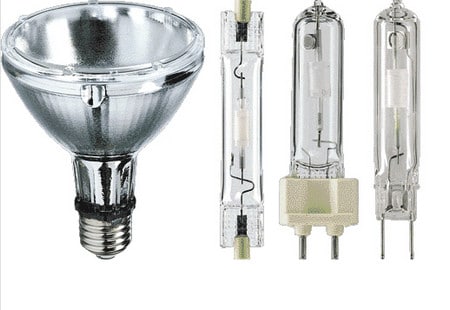
Metal halide lamps
Phytolamps are distinguished by high power. They are reliable and easy to use. They have a long service life. The main point stopping in their acquisition is the price.
aquarium lamps
This type of phytolamp is responsible for the growth of greenery in the water column. They practically do not heat up and give well-balanced lighting. The disadvantages also include the price, so it is unprofitable to use them in greenhouses. But in niches for plants with illumination, they will be quite relevant. Perfectly this type will cope with the lighting of potted plantings.
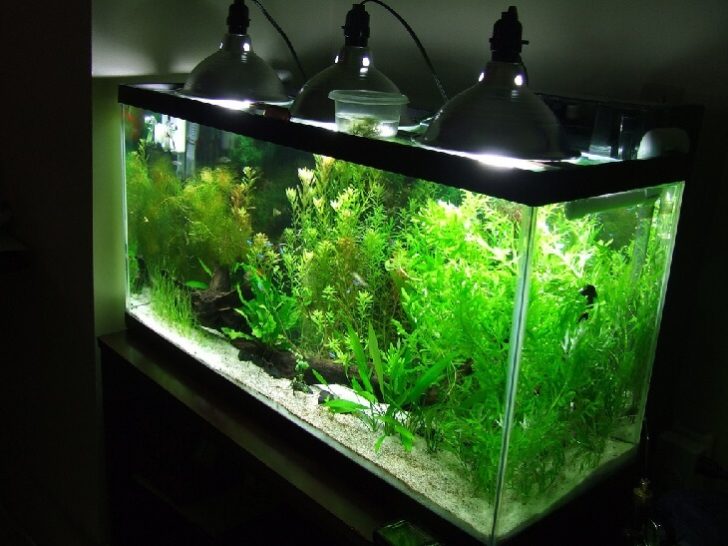
Aquarium lamps are great for illuminating potted plantings.
Energy-saving lamps
"The cold spectrum of light for plants accelerates the development of seedlings and makes them strong and healthy"
In fact, this is an analogue of fluorescent forms of lamps for plants, presented in a compact form. Their connection takes place without a separate purchase of a choke, since it is initially built into the circuit.To connect the housekeeper, simply screw it into a typical cartridge.
The indisputable advantages of energy-saving models of lamps for lighting plants include low power consumption. The term of their work is determined by 15 thousand hours. The emission spectrum of energy-saving lamps is rich in the blue range, which makes them suitable for the care of flowering plants.
Energy-saving class phytolamps are divided into three categories. They are:
1. Cold.
2. Warm.
3. Daily.

Energy-saving class phytolamps
The cold spectrum is very necessary for seedlings. Such lighting for plants accelerates the development of seedlings and makes them strong and healthy.
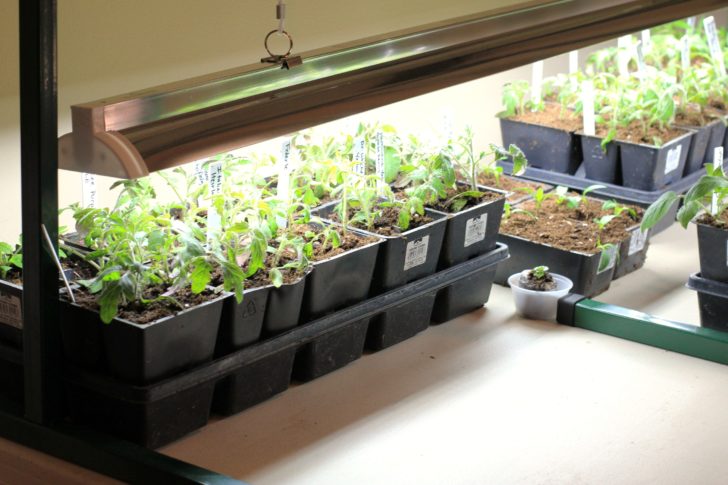
Cold spectrum accelerates seedling growth
A warm spectrum is required for flowering species.
The daily version is universal. It is applicable in all situations. It is self-sufficient both as an independent source and as supplementary lighting. The light emitted by fluorescent lamps is relevant in any period of the vegetation cycle of green spaces.
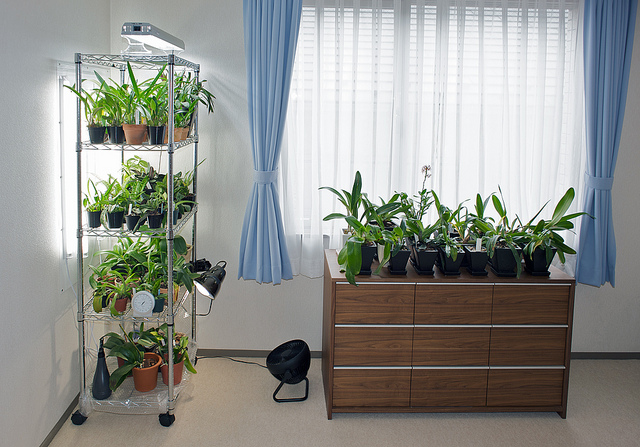
Day lamps - universal for plants
LED lamp
LED phytolamps are given the green light today. They are the most acceptable option for illuminating plants in all respects. With their help, an optimal delivery mode is created. LED phytolamps have scanty power consumption with high efficiency. One such unit is designed for 50 thousand hours of operation. None of the lamps presented today has a resource of such magnitude. Compact dimensions make LED-lamps indispensable in arranging niches for plants with illumination, organizing lighting of pots placed on the shelves. It is more convenient to use special LED strips here.
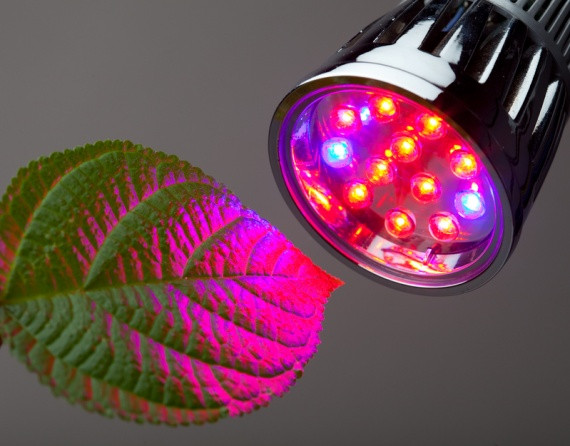
LED lamps - the most acceptable type for plants
It is impossible not to mention the high safety of the device and its absolute environmental friendliness.
LED models of lamps for plants generate exclusively waves of the spectrum demanded by green spaces:
- blue
- red;
- orange.
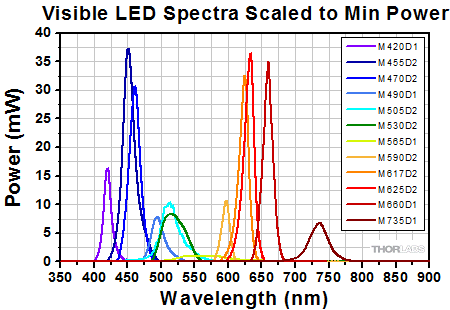
Spectrum of LED lamps
In addition, the device for such lighting for plants has a relay switch that allows you to change the combination of emitted colors. This improvement allows you to regulate the development of seedlings, which is important for industrial cycles.
Incandescent lamps
This category includes halogen lamps with a built-in reflector and neodymium models.
Halogen options work on a mixture of gases, but they are not related to the above gas-discharge models. Their performance is provided by a combination of krypton with xenon, so these lamps give a much brighter glow than metal halide counterparts.
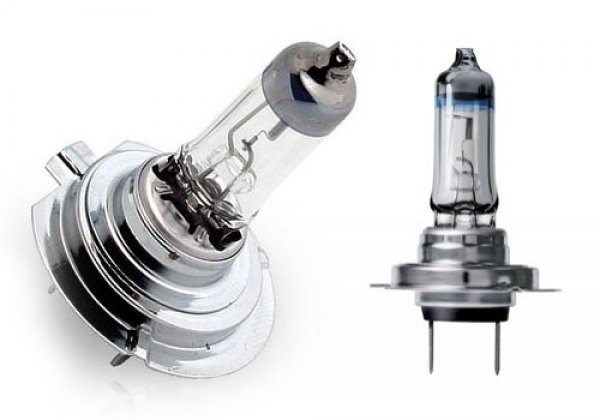
Halogen lamp
In neodymium phytolamps, the whole chip is enclosed in a specific filter glass that absorbs yellow-green radiation. This allows you to improve the quality of additional illumination of landings.
As for standard incandescent lamps, it is better not to use them in plant lighting. In addition to the fact that they are too hot and, if the installation distance is incorrectly calculated, they can burn the leaves of flowers, they also do not have the optimal radiation spectrum. They are not allowed to produce the blue range of waves, which means that you can forget about the flowering of the garden on the windowsill. In addition, such lamps have a minimum light output of 17-20 Lm / W, which is not enough to create a comfortable growing environment for house plants. Considering that an incandescent lamp cannot be moved closer than a meter to a flower pot, the efficiency of plant illumination is practically reduced to zero. Lamps of this type are good only in combination with other representatives of phytolamps. Such combinations are used in greenhouses that need to correct the microclimate.

If installed incorrectly, incandescent lamps can burn the leaves
Today, the store assortment has been replenished with special types of lamps for plants of the OSRAM series, which have built-in reflectors. Models are distinguished not only by the price, but also by the way of action. When emitting a large amount of heat, they also give a balanced range of light flux.
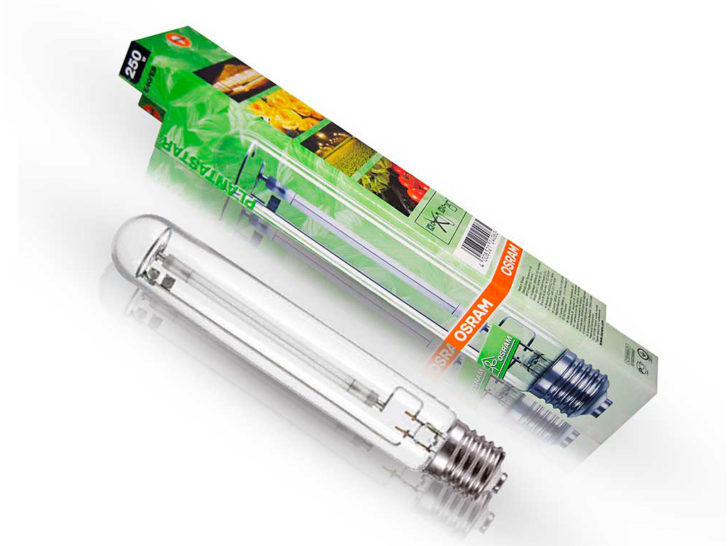
Phytolamp series OSRAM
How to choose a lamp of the optimal glow spectrum
For the correct selection of the lighting element, you will need the following information:
1. Dimensions of the illuminated area.
2. Duration of the backlight period.
3. Uniform distribution of the light flux.
4. Distance from plants to light source.
5. Availability of the ability to adjust the spectral intensity of radiation in the lighting for plants.
6. Desired spectrum of the generated stream.
7. Angle of light supply.
Conduct a preliminary sorting of plants by species and vegetative state. This will help you understand whether you need powerful phytopanels or will satisfy niches for backlit plants. Not only the well-being of home flowers, but also the comfort of people living in their environment depends on the correct location of phytolamps.
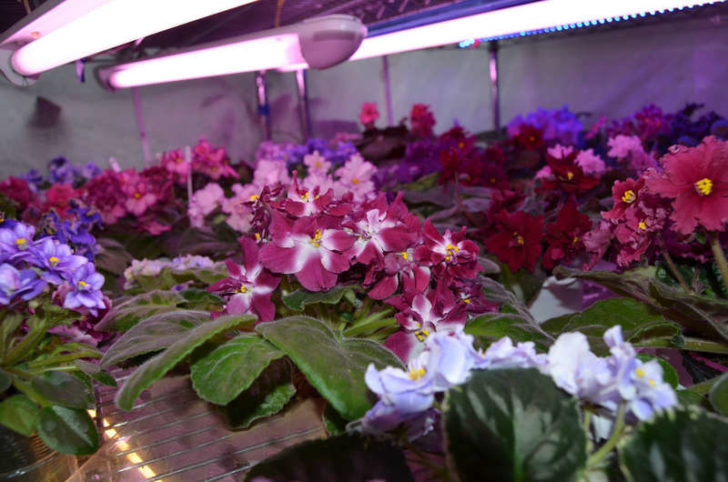
It is important to install phytolamps correctly
Things to remember:
1. Sodium arc phytolamps produce a powerful light flux, but are distinguished by a complex ignition system. In the spectral radiation of ordinary lamps, yellow color prevails, in specific phytolamps for illuminating plants, the light flux is concentrated on the production of the red part.
2. The most suitable for home use are fluorescent lamps for plants of a linear type.
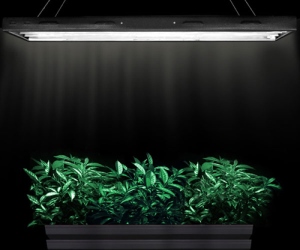
Linear type fluorescent lamps for plants
3. Narrow-leaved and liana-like plants prefer additional illumination with incandescent fluorescent lamps.
4. Cacti will like the combined illumination from the well-coordinated work of warm and daylight fitolamps.

Combined illumination is suitable for cacti
5. Monochromatic red radiation tires human eyes, so it is better to turn on lighting for plants in this spectrum when there are no people in the room or at night.
back to index ↑Conclusion
Finally, some helpful tips.
1. You need to assemble a lighting design for plants in a hurry - take an energy-saving phytolamp or any models of incandescent lamps. They simply need to be screwed into the socket of a table lamp that is available in every home.
2. It is more convenient to illuminate a group of undersized plants with fluorescent types of lamps. For tall single plants, arrange illumination with spotlight-type lamps with a gas discharge element.
3. Illuminated plant niches must be equipped with reflex reflectors. This will increase the efficiency of the luminous flux.
4. Optimum lighting in the winter garden will be created by powerful gas-discharge lamps for plants mounted in ceiling lights.
back to index ↑Photo gallery - lamps for plants
Video
